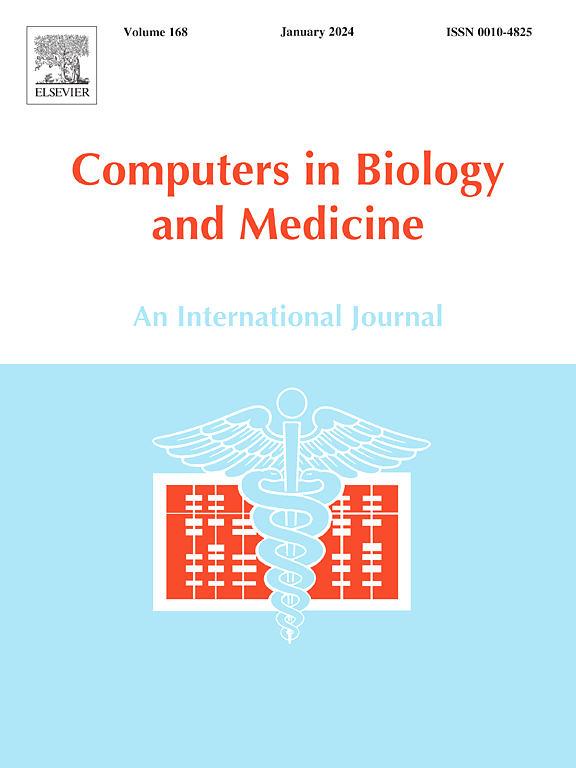Time-series atlases of the rat brain after middle cerebral artery occlusion using FDG-PET images
IF 7
2区 医学
Q1 BIOLOGY
引用次数: 0
Abstract
The middle cerebral artery occlusion (MCAO) procedure is widely used in ischemic stroke research. When using functional 18F-fluorodeoxyglucose positron emission tomography (FDG-PET) images to study ischemic stroke, the difficulty in determining the region of interest (ROI) comes from two aspects: the large variations due to differences in uptake and reaction time and the consistency of different intensity normalization methods among subjects.
Using the rat as a model animal, we propose time-series atlases of ischemic stroke after MCAO based on the PET images to annotate changes in ROIs. Concretely, we spatially align serial scans with a built PET template, use histograms of orientated gradient (HOG) features to detect lesion boundaries, and combine them with results from an intensity-based detection method to construct probability maps at different time points with the Bernoulli mixture model (BMM). Simulated PET images with known ground truth and triphenyl tetrazolium chloride (TTC) staining slices validate the correctness of the time-series atlases. We demonstrate that these atlases could provide references when tracking the spatial–temporal dynamic development of lesions in rat brains.
求助全文
约1分钟内获得全文
求助全文
来源期刊

Computers in biology and medicine
工程技术-工程:生物医学
CiteScore
11.70
自引率
10.40%
发文量
1086
审稿时长
74 days
期刊介绍:
Computers in Biology and Medicine is an international forum for sharing groundbreaking advancements in the use of computers in bioscience and medicine. This journal serves as a medium for communicating essential research, instruction, ideas, and information regarding the rapidly evolving field of computer applications in these domains. By encouraging the exchange of knowledge, we aim to facilitate progress and innovation in the utilization of computers in biology and medicine.
 求助内容:
求助内容: 应助结果提醒方式:
应助结果提醒方式:


